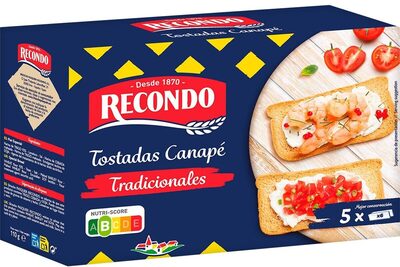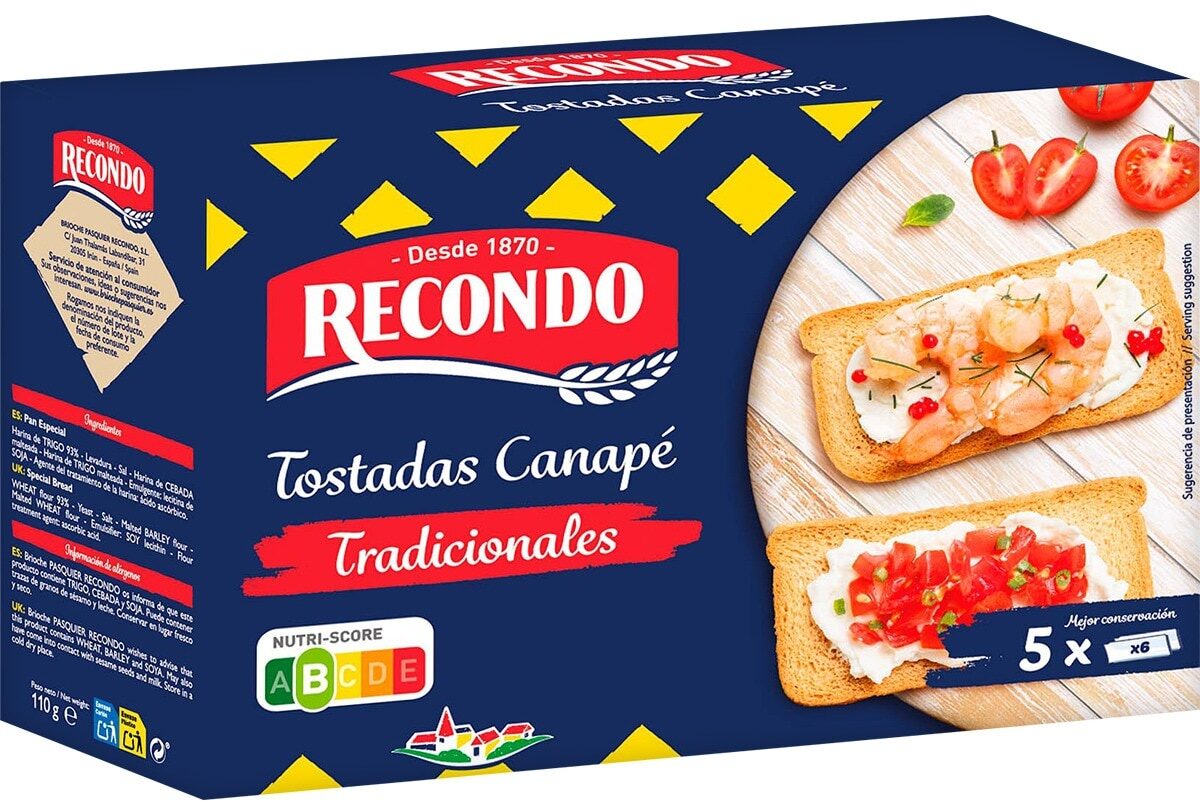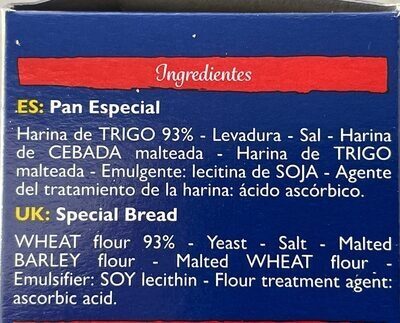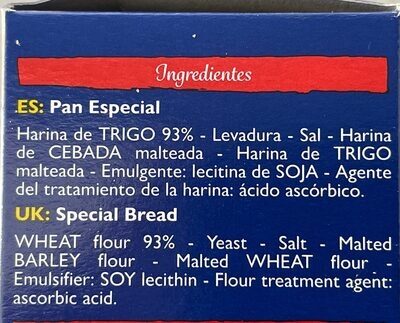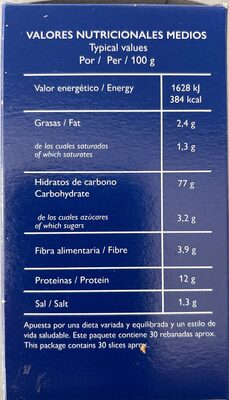Tostadas para canapé cuadradas packs - Recondo - 100 g
Aquesta pàgina del producte no està completa. Podeu ajudar a completar-la editant-la i afegint-hi més dades a partir de les fotos ja disponibles, o fent-ne més amb l'aplicació de androide o iPhone / iPad. Gràcies!
×
Codi de barres: 8410706003298 (EAN / EAN-13)
Quantitat: 100 g
Empaquetament: es:Envase en cartón
Marques: Recondo
Categories: Aliments i begudes amb base vegetal, Aliments amb base vegetal, Cereals i patates, Pans
Etiquetes, certificacions, premis:
Punt verd, Comptador Nutricional, Grau B Nutriscore
Països on es va vendre: Espanya
Matching with your preferences
Report a problem
Fonts de dades
Producte afegit per kiliweb
Última modificació de la pàgina del producte per thaialagata.
La pàgina del producte, també editada per acuario, emeterio, inf, openfoodfacts-contributors, quentinbrd, roboto-app, scanbot, segundo, spotter, yuka.YjVnckhLTWh1S2NHeDhBUXhCM2w0ZHhrd3JXWVFrcWVPdVVSSWc9PQ, yuka.ZmI1WVN2MG0rdGRXdy9BMTl6ZnUvOHRyenNhWVp6T05kdEVESVE9PQ.
